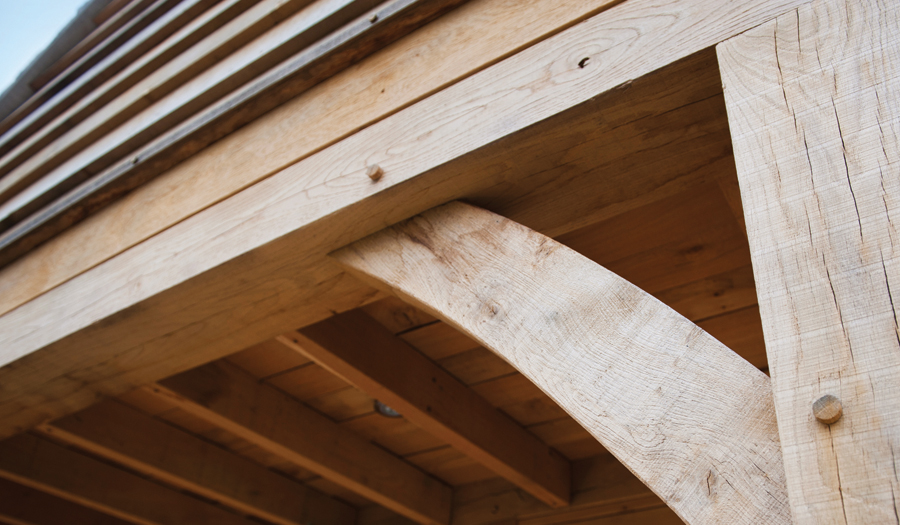Tubing – or hosing – might not sound that glamorous, but our homes and industry would really be struggling without it. Hoses have so many applications for transporting liquids, such as in our plumbing systems and keeping our gardens hydrated. Rubber and silicone are both commonly used for making hoses, with each material having different properties.
![]()
Strong and flexible
Both rubber and silicone deliver great strength and are very flexible, which means they are useful in a variety of situations. Rubber has a long history of usefulness, whereas silicone is a newer phenomenon and has mostly been applied in more specialist applications; however, silicone is now used in all kinds of ways, from medical devices to car parts and electronics.
The difference between the materials comes down to their properties. Silicone is non-toxic and can be produced to a very high, contamination-free standard, which is critically important in the food and medical industries. Silicone is also resistant to extreme variations of heat and cold, making it perfect for refrigeration applications, water coolant needs, and radiator hose applications. Rubber can also be used in water coolant applications and may work out a little cheaper when required in large quantities.
![]()
Matched to the purpose
Both silicone and rubber have their good points. Specialist cured rubber can be effective in transporting corrosive liquids, such as aviation fuel; however, silicone is the material of choice for any use that involves food or drink. When hoses are required in the medical or pharmaceutical sphere, silicone is also the hygienic choice. Silicone can also be washed and reused, which has been a useful characteristic in the production of environmentally-aware feminine hygiene products.
If you are thinking that silicone hoses could be useful in your life, it would be a good idea to consult an expert such as https://www.goodflexrubber.com/pages/silicone-hose-manufacture for tips and advice on your proposed application.
Both silicone and rubber are incredible products that deliver convenience and efficiency to modern life. While rubber is unlikely to be displaced by silicone as the substance of choice for tyres, silicone’s hygienic properties mean it has a huge array of uses in the many environments in which hygiene is of importance. As silicone can be used again and again, it is also an environmentally-friendly choice.


